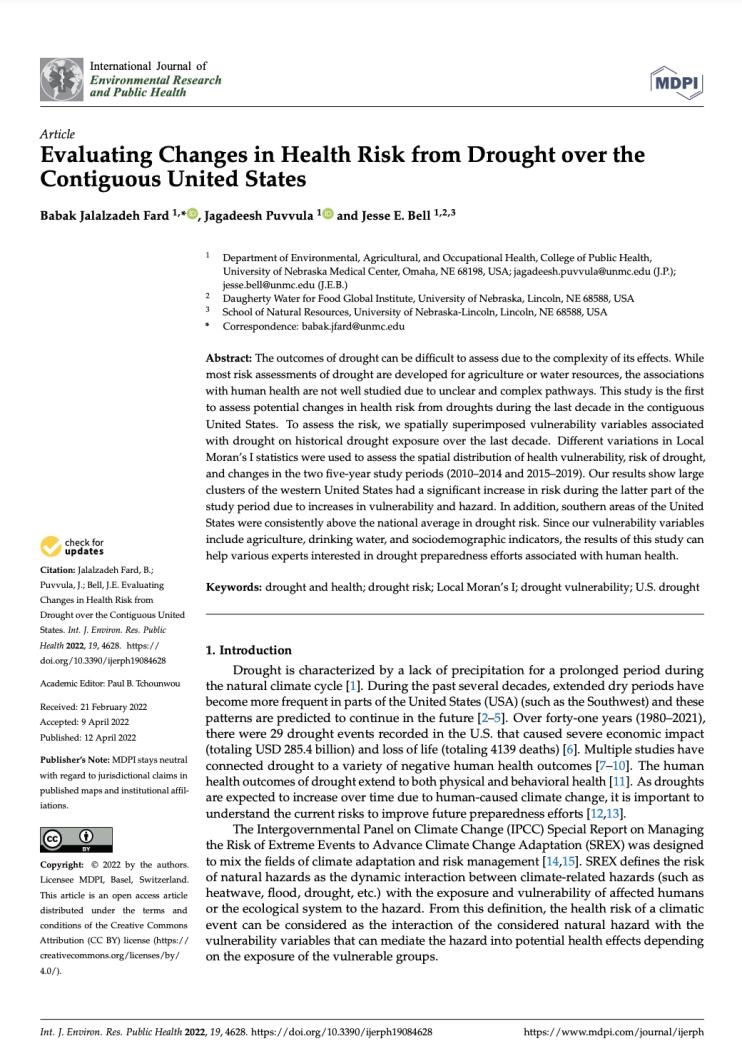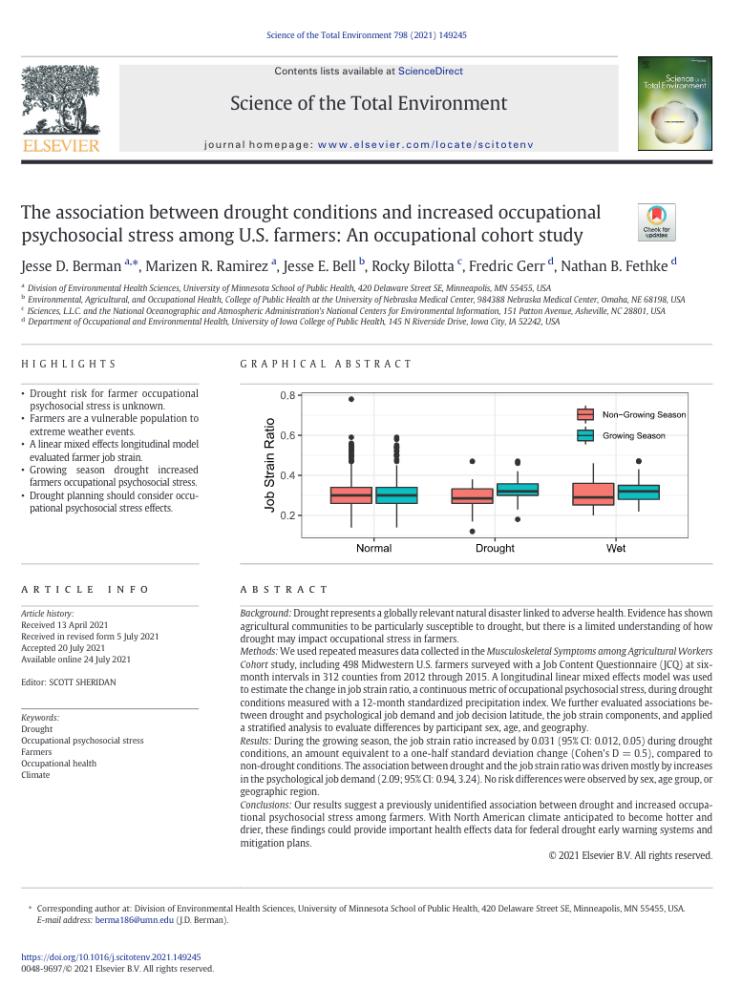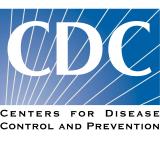Evaluation of Drought Indicators for Improved Decision-Making in Public Health and Emergency Preparedness: Reducing Drought’s Burden on Health

This project will take an interdisciplinary approach to improving public health understanding of drought early warning and planning to reduce negative health impacts on at-risk populations in the United States. Health departments and healthcare professionals need reliable information to effectively prepare and warn constituents of pending natural and biological threats. This information is critical to develop hazard messaging or other response actions in a timely fashion. Warning systems for drought are a high priority of federal and local agencies, but drought presents a complex issue, as public health officials are just starting to investigate the connections to human health. Public health guidance documents and other tools are available for officials to help address drought, but these materials lack effectiveness if the linkages between drought and health are not fully understood.
To overcome this issue, a thorough assessment of the relationship between drought indicators and health outcomes is needed. The project team believes that health outcomes based on drought will vary for different regions of the United States because of changes in populations demographics, local environment, and overall drought exposure. Certain underlying health disparities (e.g. race/ethnicity, age groups, occupation, rural or urban status, and access to existing health care) will result in some areas of the United States being more vulnerable to drought. As the team evaluates various drought indices with health outcomes, they will also identify discrepancies in population outcomes. The project will analyze multiple drought indices to identify potential regional health outcomes. The findings will benefit public health professionals or emergency planners by showing utility for certain drought indicators in predicting health outcomes and enable the production of specialized messaging for at-risk populations.
Research Snapshot
Jesse Bell, University of Nebraska Medical Center (UNMC)
Jesse Berman, University of Minnesota;
Shubhayu Saha, CDC;
Azar Abadi, Rachel Lookadoo, and Yeongjin Gwon, UNMC;
Ronnie Leeper and Jared Rennie, North Carolina State University North Carolina Institute for Climate Studies
Results of this research
Publications resulting from this research:
- Berman, Jesse D., Azar M. Abadi, and Jesse E. Bell. 2024. Existing Challenges and Opportunities for Advancing Drought and Health Research. Current Environmental Health Reports 11, 255–265.
- Yeongjin Gwon, Yuanyuan Ji, Jesse E. Bell, Azar M. Abadi, Jesse D. Berman, Austin Rau, Ronald D. Leeper, and Jared Rennie. 2023. The Association between Drought Exposure and Respiratory-Related Mortality in the United States from 2000 to 2018. International Journal of Environmental Research and Public Health 20(12), 6076.
- Abadi, Azar M., Yeongjin Gwon, Matthew O. Gribble, Jesse D. Berman, Rocky Bilotta, Mike Hobbins, Jesse E. Bell. 2022. Drought and All-Cause Mortality in Nebraska from 1980 to 2014: Time-Series Analyses by Age, Sex, Race, Urbanicity and Drought Severity, Science of the Total Environment 840.
- Fard, Babak Jalalzadeh, Jagadeesh Puvvula, Jesse E. Bell. 2022. Evaluating Changes in Health Risk from Drought over the Contiguous United States, International Journal of Environmental Research and Public Health 19(8), 4628.
- Jesse D. Berman, Marizen R. Ramirez, Jesse E. Bell, Rocky Bilotta, Fredric Gerr, and Nathan B. Fethke. 2021. The Association Between Drought Conditions and Increased Occupational Psychosocial Stress Among U.S. Farmers: An Occupational Cohort Study, Science of the Total Environment 798.






